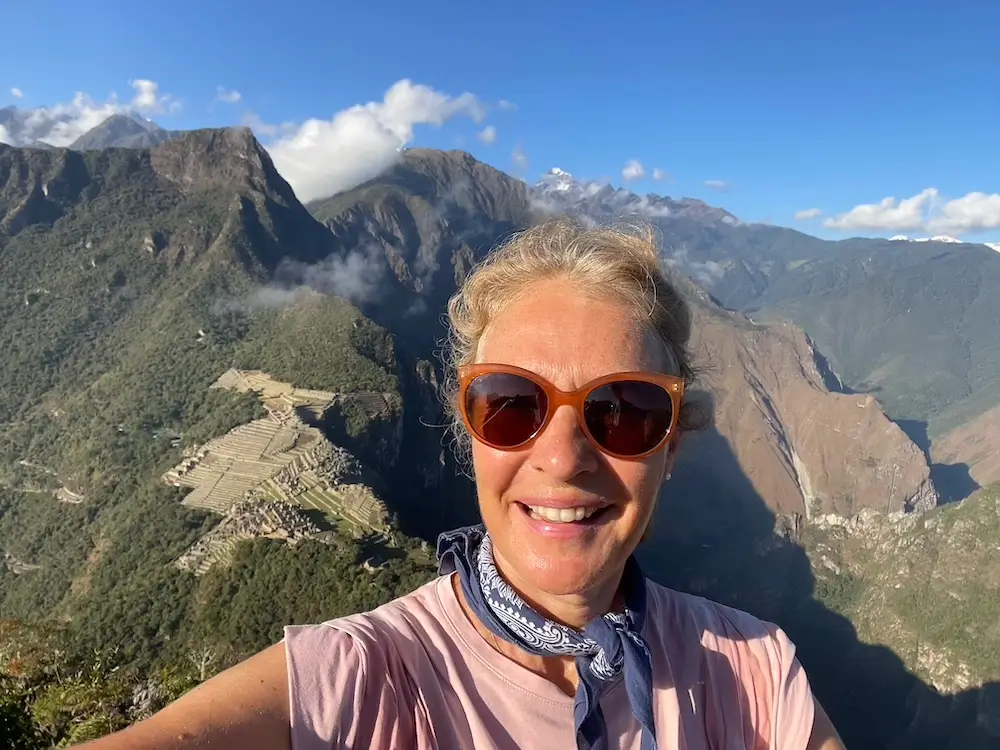Aude Delannoy Dib is a French visual and emotional recorder. She started exploring photography in 2010 when painting, a time consuming and mess generator passion, became unmanageable with three children.
Street photography practice coincided with her move to the UAE in 2016. It provided both an escape from the bustle of her crowded home and an opportunity to explore her new environment. Since then, she has been capturing the unglamorous side of the ever changing landscapes of the UAE's cities, its daily rhythms and the rich diversity of its communities.
Statement
Aude sees photography as a powerful yet simple medium for evoking emotions and sparking reflections. She finds beauty in the overlooked details and chaos, creating carefully crafted multilayered compositions that play with colours, geometry, sharp shadows and lights. For her, these elements form the emotional essence of a place.
